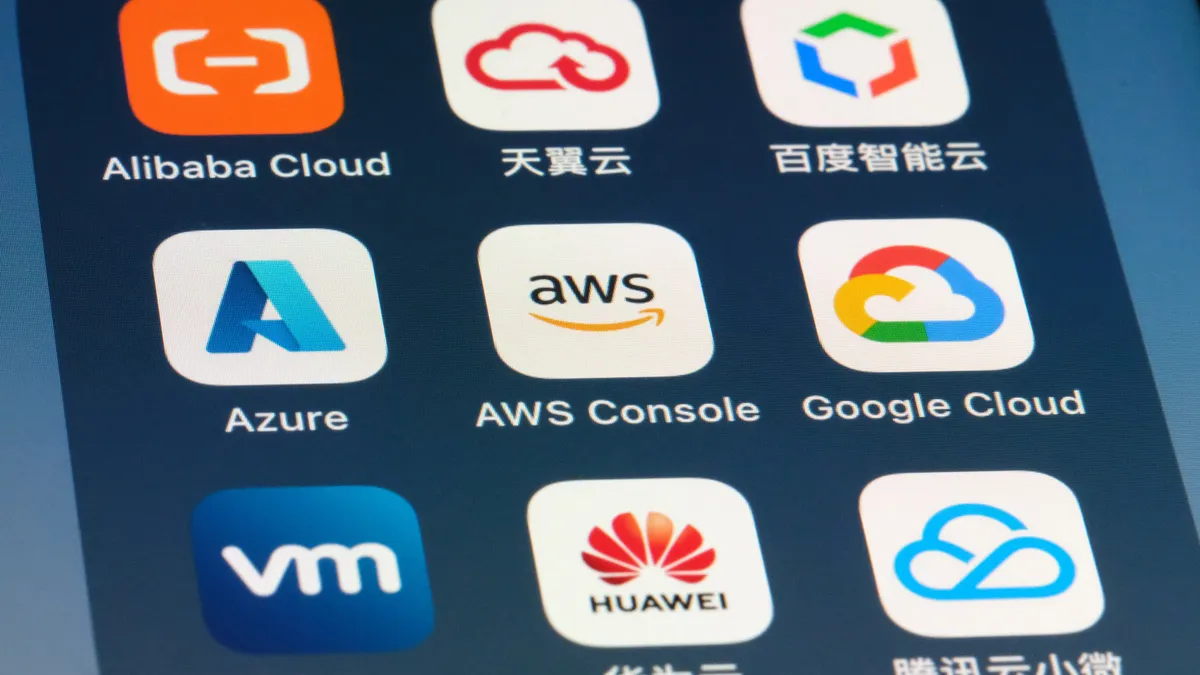When retail pharmacy CVS Health and health insurer Aetna came together last year in a $78 billion deal, the acquisition created what Healthcare Dive refers to as a "mammoth healthcare entity," which will earn $245 billion in revenue annually.
While Aetna will continue to operate as a standalone company under CVS Health, the deal requires integration.
Running separate companies is expensive and CVS expects to save $300 to $350 million this year by eliminating duplicate corporate and operational functions, purchasing efficiencies and medical cost savings, according to the company's Q4 2018 earnings report released last month. CVS says it is "on track" to exceed its goal of $750 million in 2020.
Beyond customer-facing work required to weave two businesses together, there are technical considerations.
That responsibility will fall to Roshan Navagamuwa, the newly appointed executive vice president and CIO of CVS Health.
Previously the SVP of client services, Navagamuwa will lead "all areas" of technology operations and innovation, according to a statement from CVS. He had served as interim CIO for CVS following the departure of former CIO Stephen Gold.
Navagamuwa will work closely with Meg McCarthy, formerly EVP of technology and operations at Aetna and now the EVP of CVS Health, to bring together CVS and Aetna's IT organizations, according to CVS.
The announcement of Navagamuwa's appointment, first spotted by The Wall Street Journal, highlights the complexity of an integration of this size.
Technology executives are tasked with quickly bringing together two distinct brands, technology stacks, architectures and infrastructures, according to Matthew Guarini, VP and co-lead of the CIO practice at Forrester. CIOs have the most challenging part of an integration following a merger or acquisition.
But more important to the CIO is supporting the evolving place of and reliance on technology in a business.
Technology is so integral to how companies operate and the opportunity to create a culture is important, Guarini said, in an interview with CIO Dive. You don't want to go and "quell" the work that either group is doing.
First, do no harm
All businesses are not created equal in an integration. Some are more adept at technology than others, creating an imbalance that can threaten a smooth transition.
"It is critical to consider the technology fit in any M&A activity." Alastair Pooley, CIO at Snow Software, told CIO in an email. "A CIO must swiftly assess the complexity and overlap of the two firms to comprehend how technology in the two entities could fit together."
Understanding the necessary alignment can determine whether additional costs of integration or potential for savings in combining the two organizations exist, Pooley said.
Johnson & Johnson, for example, has more than 200 operating companies as part of its company, and each operates with a fair amount of autonomy. Distinct parts of businesses require different enterprise resource planning (ERP) systems, and holding them to a rigid standard is cumbersome.
Instead, J&J worked to reduce its number of ERPs but introduce a common footprint, creating a common data platform to better understand customers and trends.
When starting an integration, immediately after the acquisition is complete CIOs need to start with the statement, "do no harm," said Guarini. "A lot of folks will try to bite off more than they can chew on Day One."
Instead, CIOs need to form a core list of needs and objectives to focus the company on running the transformation from a customer-first view rather than a technical one.
"Employees are highly engaged when they can make progress against what they feel is important," said Guarini. But when employees lack access to data, struggle to get on the internet or are working with a broken laptop, it can drive down customer experience and negatively impact a company.
Allowing for seamless lines of communication by adapting the IT environment can help share and preserve culture and work practices, according to Pooley.
It is up to CIOs to push on the experience they want to deliver, innovating with technology and offering great service to people outside the office, which contributes to better employee experience and can raise the profile of IT teams, according to Guarini.
"We're always beat down on the CIO side of things for all these [technology] problems, but strong performance can help buck that," he said.
Avoid the middle of the road
An integration can serve as motivation to modernize — and in some cases can serve as a way for one company to acquire the more mature technical assets of another.
When presented with two distinct portfolios and technology strategies, it begs the question: What should the business keep?
Guarini is a big fan of adopting best practices of both companies, but sometimes you just end up with a "very middle of the road mess that doesn't get you to where you need to be."
The areas with gaps are where executives can start to learn the other company's strengths and weaknesses.
Understanding the underlying technology is important too. CIOs can do rapid mapping of what technology each organization is using to fully grasp compatibility and cost, according to Pooley. It allows an organization to "understand whether there is a risk of overspending — or opportunity to gain value."
"The goal of any M&A activity is to create additional value by bringing the entities together," said Pooley. "Understanding the desired business outcomes will allow the CIO to ensure that the strategic priorities are protected and value is maximized."






















